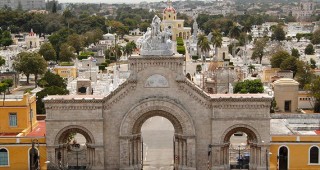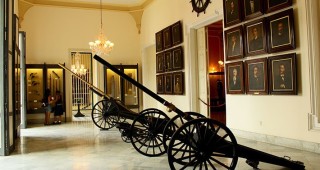Opened in October, 1998, to coincide with the 50th anniversary of the National Ballet of Cuba, this museum features objects mainly from Alicia Alonso’s collection, as well as documentaries, costumes and stage elements in relation to the history of the institution. The museum has exhibits dedicated to Alicia Alonso, the National Ballet of Cuba, the Romantic era, the Russian ballet, modern dance, Spanish dance and the relation between visual arts and ballet.
Through displays taken mainly from the private collection of Alicia Alonso, Cuba’s prima ballerina and the founder of the Ballet Nacional de Cuba, the story of ballet in Cuba is told through photos, costumes, prints, awards, sculptures and sheet music. Treasures, dating from the 17th century up to the present time, include a signed autobiography of Isadora Duncan that she gave to Alonso and a black fur cape belonging to Anna Pavlova. Future plans for the museum include a documentation and information centre on dance.









 Eclectic
Eclectic








